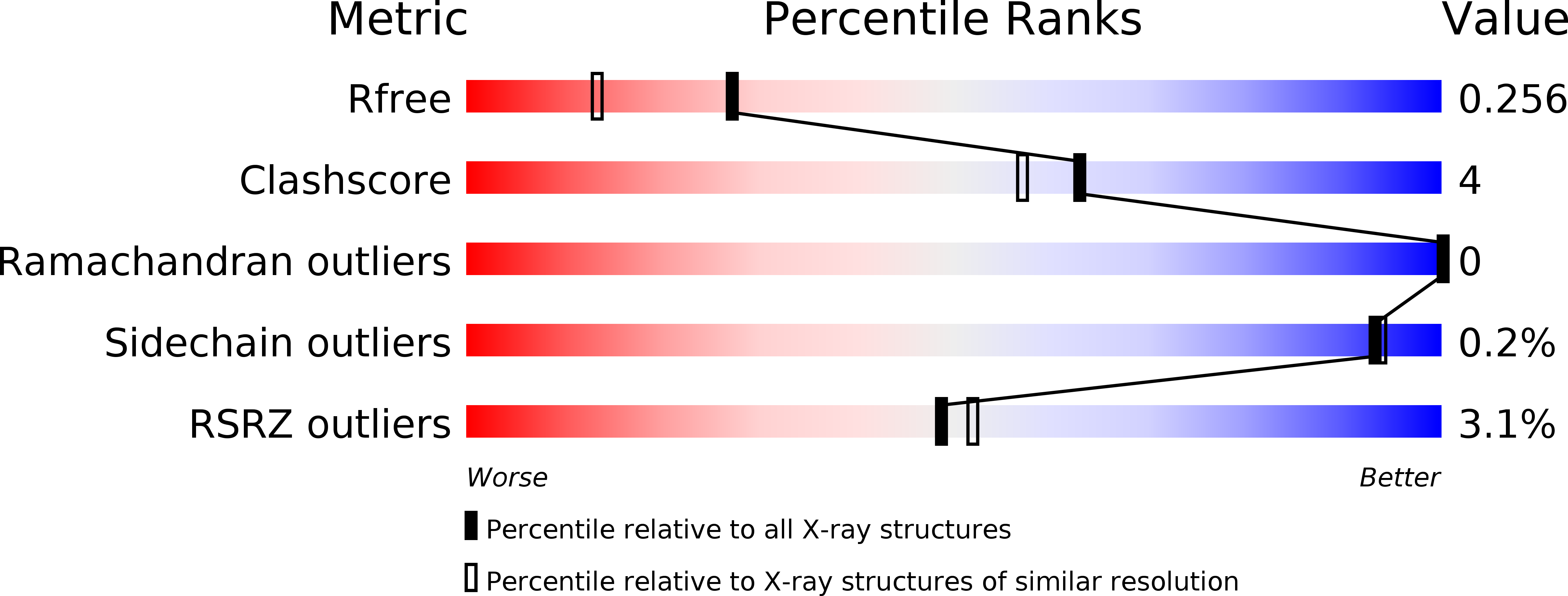
Deposition Date
2010-11-25
Release Date
2011-05-11
Last Version Date
2023-11-01
Entry Detail
PDB ID:
3PPQ
Keywords:
Title:
Structures of the substrate-binding protein provide insights into the multiple compatible solutes binding specificities of Bacillus subtilis ABC transporter OpuC
Biological Source:
Source Organism:
Bacillus subtilis (Taxon ID: 1423)
Host Organism:
Method Details:
Experimental Method:
Resolution:
1.91 Å
R-Value Free:
0.24
R-Value Work:
0.22
R-Value Observed:
0.22
Space Group:
P 2 21 21


